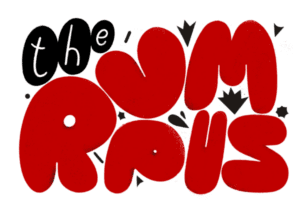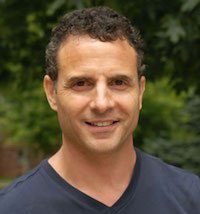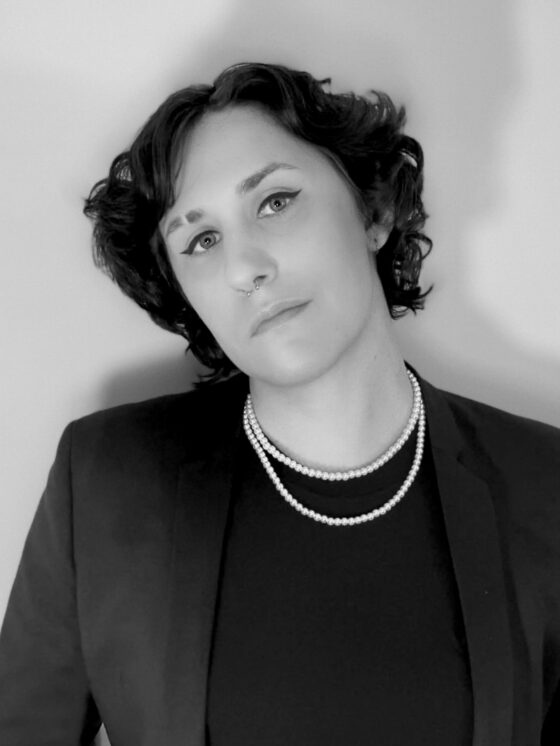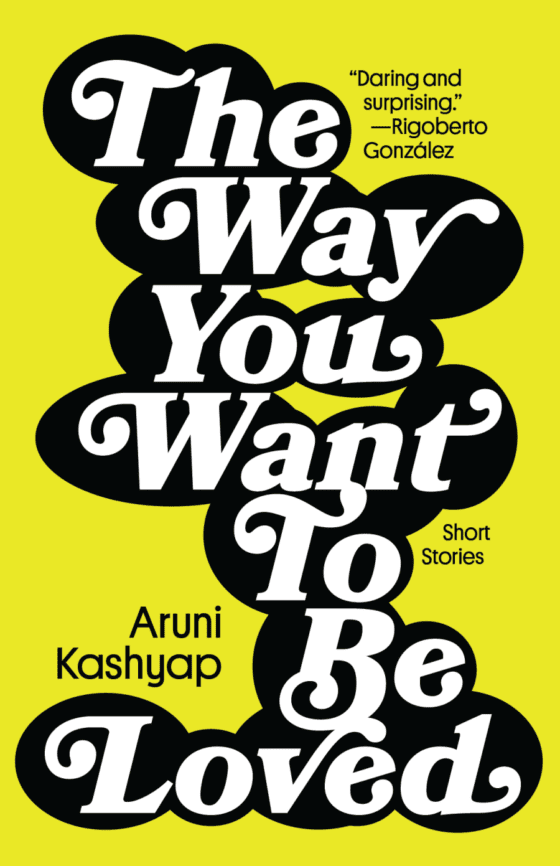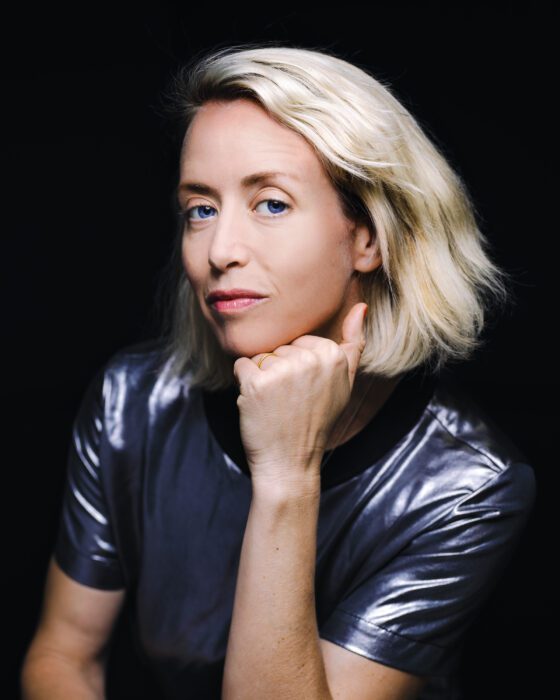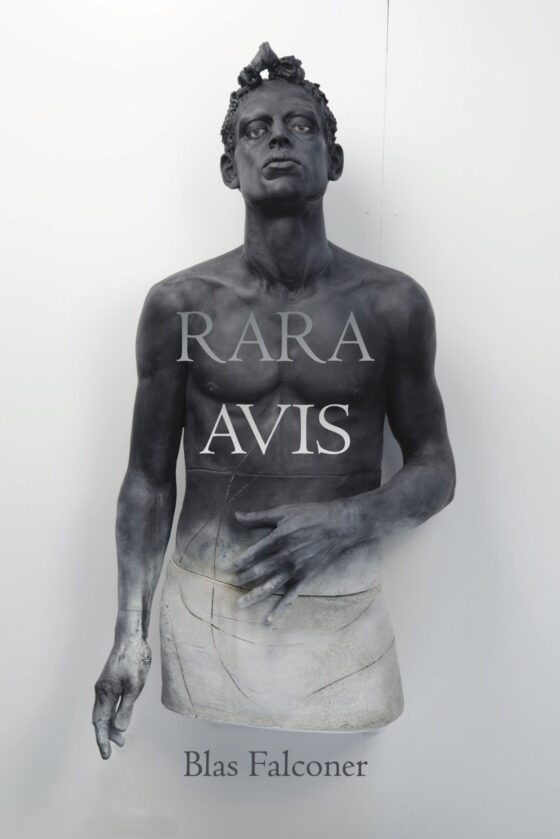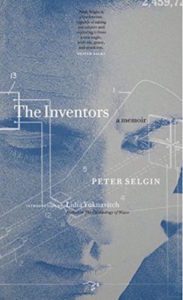
The central conceit of Peter Selgin’s The Inventors is pretty irresistible: A young man (Selgin) turns to two men for guidance as he begins his journey into adulthood; one is an actual inventor (Selgin’s father) and the other his eighth-grade teacher—who is also an “inventor” when it comes to disclosing details of his life. Both mentors share an emotional remoteness that young Selgin finds baffling and attractive. Selgin recruits the reluctant teacher as a way to make up for the shortcomings of his father. The events of the book cover about ten years, but they influence and haunt Selgin to this day.
Using brief interstitial chapters set in the present as springboards into each flashback, Selgin gracefully recounts events that happened 40+ years ago. His choice of second-person POV works surprisingly well in this format, creating a sort of self-bifurcation, allowing his adult self to address his younger self without affectation.
Duality has long-fascinated Peter Selgin. He has a twin brother, and his books (Confessions of a Left-Handed Man, Life Goes to the Movies and Drowning Lessons) revel in reflective surfaces and echoes. I like narratives that have a “rhyming effect”—some cloning mechanism to create tension and tone; this can manifest as a story within a story, or as a strong metaphor. The twin dynamic of father/teacher is used here so masterfully, it’s as if Selgin has created a new kind of memoir.
Selgin’s father was a genuine inventor who was never able to fully capitalize on his genius. Whether through self-sabotage or bad luck, the big score somehow eluded him. The Inventors is gorgeously designed with patent application diagrams from his father’s inventions throughout. The illustrations are complex—almost indecipherable—and this of course gives the elder Selgin an appropriately cryptic aura. Both Peter’s mother and father emigrated from Italy; his mother barely spoke any English and the marriage was rocky to say the least. As layer after layer of personality is peeled away, we learn that Peter’s father was in fact Jewish. Paul Selgin turns out to be a man of many secrets. Early on, Peter realizes: “not for the first time but with a novel sense of bitter disappointment, that your papa, the human god who’d invented the world for you, was a remote, absentminded old man.”
Hence, the need for supplemental mentorship—a doppelganger dad, if you will.
His teacher is never referred to by name, only as “the teacher.” Peter loves the teacher and believes he senses the potential for reciprocity. Though the relationship never becomes physical, their emotional bond is strong. The teacher observes most boundaries, ignores others, and in this way he fills some of the gaping holes left by Peter’s father. Peter’s pursuit of girls is tempered by just enough homoerotic tension between himself and the teacher to make this a page-turner of the first order. It’s a love story, but it’s complicated. Selgin’s journey spans many years and takes him all the way to the other side of the continent. Along the way there are: assorted love affairs; some time in New York City; a dalliance with acting and music; comic interludes; and many letters—the reprinted correspondence between Peter and his mentors constitute some of the best parts of the book. The author doles out details and discoveries expertly. I couldn’t put this memoir down.
As I mentioned, this is also a first-generation immigrant story. World War II and The Holocaust loom in the background (Mussolini once kissed Selgin’s mother on the cheek), though each parent’s European history is so aggressively suppressed and unspoken it’s no wonder young Peter is constantly searching for answers. Everyone in this book—indeed, everyone in America—is undergoing a constant process of reinvention. Encouraged—or at least inspired by—his two male mentors, Selgin dabbles in a variety of artistic pursuits, finally settling on writing and graphic arts. (As a painter he’s the real deal; his work has appeared in many publications including The New Yorker and has been exhibited in galleries across North America.)
Among the book’s more “inventive” touches is an afterword by Peter’s twin brother, George. He takes issue—in a wry, ambivalent way—with certain details and verifies others. It’s a masterful conclusion to a superb memoir. George writes: “The book’s title is itself a warning. It is a book about inventors whose inventions consist of myths they’ve spun about themselves… But it is mostly about a third inventor, Peter himself, and his own creations, whose patent specification you are holding.”
Like Peter, I’ll give George the last word. Except to add: I highly recommend The Inventors.
